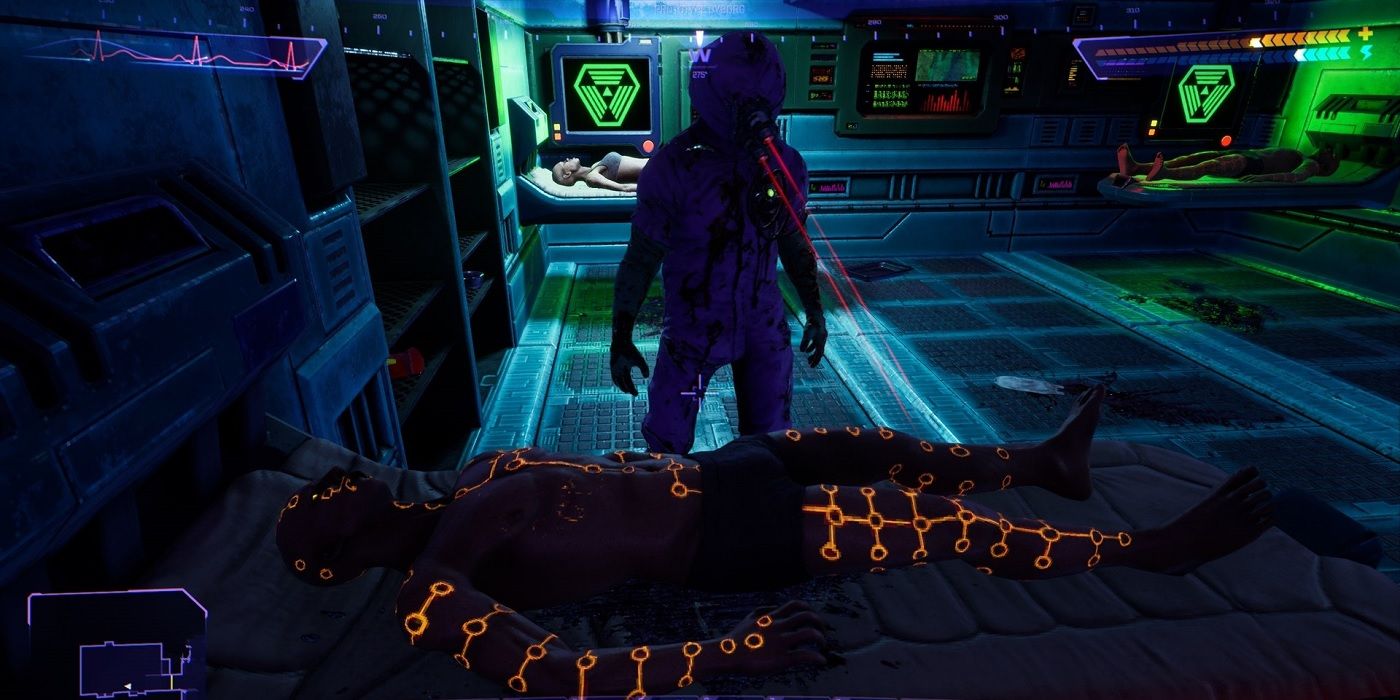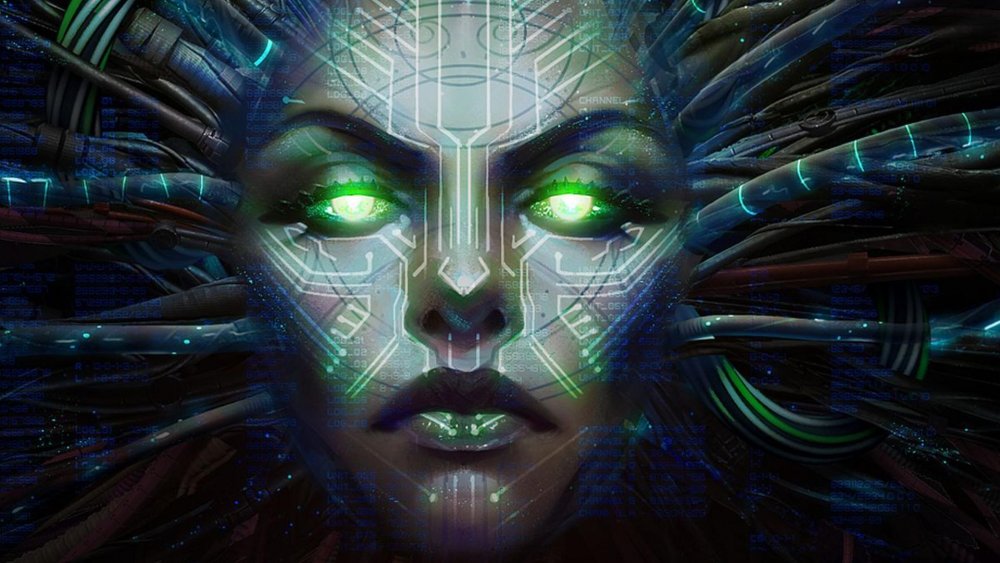


You cannot complete main objectives in an incorrect order, but other than that, you can explore how much you want and prepare the solutions for future problems before you even know you need them. For about half of the game time, you will freely move around 6 levels of the station, doing things in any order you want. And while the game limits which levels you can and cannot go to during certain portions of the game, you always have a lot to explore. She’s turning people into cyborgs, performing horrible genetic experiments and considering attacking Earth itself, as you will learn by exploring the 10 levels of the Station. The Citadel Station has been overtaken by the AI named SHODAN, who has had her ethical restrictions removed by Hacker, and has since started believing herself to be a god. All of this is also retained in the remake and in some ways improved.įinally, the structure of the game was quite open-ended.
#System shock remake sucks for free
That’s right, this was the first “Shock” game that introduced the idea of restoration bays that revive you for free as long as you’ve found one on the level and disabled the cyborg conversion process. Especially since death is not necessarily permanent. Due to which, managing energy is often as important as managing health. Several weapons in the game use energy as ammo even allowing you to overdrive the weapon to use more energy resulting in more damage. Energy is the secondary resource that’s shown under the health meter and it can be restored via infinite but uncommon charging stations or via battery items. These range from simple flashlight and mini-map to things like an energy shield or boots that let you hover in the air at the cost of energy. Speaking of it, the inventory is also changed to be more similar to the one from the follow-up, some of the UI elements were redesigned, some removed and a lot of the game’s functions now have shortcuts, including the welcome Deus Ex-like quick access bar.Īnother big aspect of the game was its approach to RPG-like elements – Hacker (the playable character who cannot be named in the new version) has access to hardware and software-based upgrades that can be found as items in different parts of the Citadel Station (where the game takes place). This is, of course, completely changed for the remake, which behaves far closer to how System Shock 2 worked – more traditional FPS controls for most of the game and mouse interactions for the inventory/Multi-Function Display (MFD). So it controlled closer to how one would expect from a dungeon crawler RPG, like recent Legend of Grimrock or Vaporum, rather than Doom. Being a follow up to Ultima Underworld II: Labyrinth of Worlds, the original title retained a lot of similar basic concepts and controls. Now where do I even start… I’ll try to describe both the original game and the way it’s been tweaked in this remake, as it is indeed very close to the source material. Which is exactly what we got now for better and for worse. It switched engines, then it was decided to expand the scope of the project and then, when it became obvious that the plan wasn’t working, switched back to being a faithful remake of the original game. Originally announced as a Kickstarter project around the same time as the Enhanced Edition came out, this project spent a long time in development and had several major changes in its focus. That was the only way to experience the original game until now when the very same Nightdive released the remake of the game. Especially in the Enhanced Edition version released 8 years ago by Nightdive Studios, known for their faithful and high quality restorations of older games. Even in this rougher form the game was great and if one can get through layers of outdated UI, controls and quality of life aspects it’s exciting even today. A concept that is nowadays usually defined as an “immersive sim”. In some regards it was “Ultima Underworld in space”, and alongside its two Ultima Underworld predecessors, was an early example of a game designed around simulated systems that heavily leaned into emergent gameplay. The original System Shock from 1994 was an incredibly important game.


 0 kommentar(er)
0 kommentar(er)
